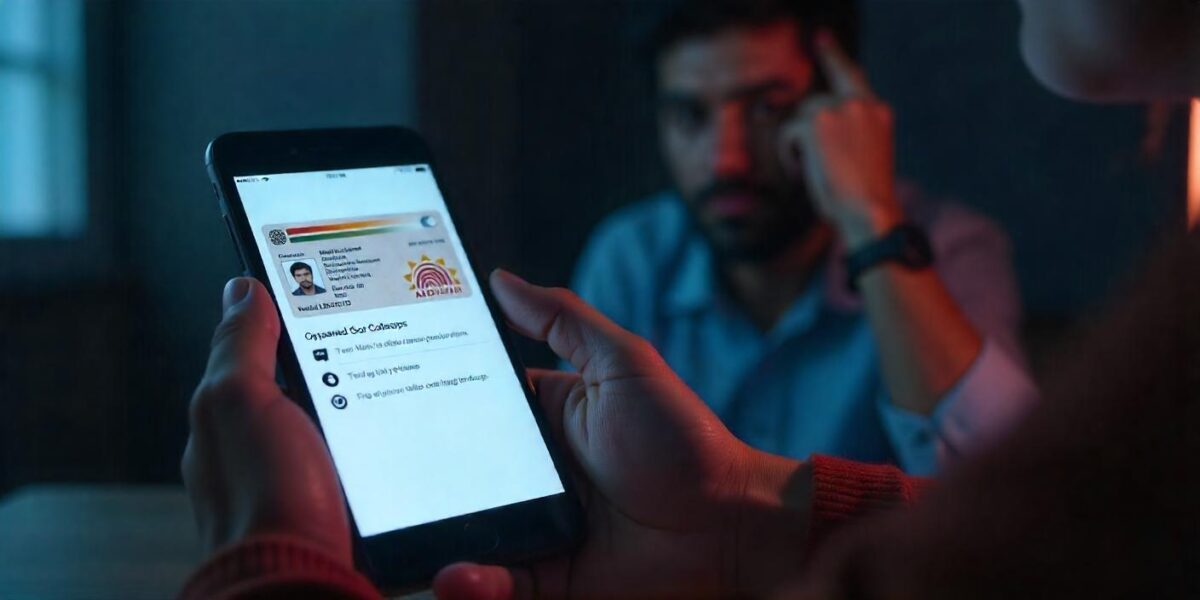“Dude, check this out. I just made a completely fake accident report using AI. Even the scratches on the car look real!”
Kunal squinted at the message on his phone. His friend, Rohit, had always been tech-savvy, but this sounded different.
“What do you mean fake?” Kunal replied.
“I found a random car photo online, ran it through AI, added some dents, and generated a repair invoice. It’s all set up like a real accident. Imagine what someone could do with this!”
Kunal felt a chill. It wasn’t just a trick—it was fraud. And the scary part? It was way too easy.
How AI Became a Scam Tool
It all started innocently. AI image tools were designed for creativity—turning simple photos into digital artwork, generating dreamy Ghibli-style landscapes, or making hyper-realistic scenes. But as with every technology, some saw an opportunity to exploit it.
Scammers figured out they could use these tools to fabricate accidents, fake receipts, and even doctor police reports. The process was shockingly simple:
- Find a photo – They grab car images from social media, selling platforms, or anywhere they can.
- Edit it with AI – Within seconds, AI tools can add scratches, dents, or even shatter glass.
- Generate documents – AI can also create fake receipts, repair bills, and police reports.
- File a false claim – The scammer submits everything to the insurance company, hoping for a quick payout.
And just like that, money is stolen without anyone even realizing it.
“Can AI Really Do That?”
At first, people thought it was a joke. A viral post on social media read:
“Still using AI for cute Ghibli pics? Why not pivot to insurance fraud?”
What started as sarcasm quickly became a reality. People began experimenting, proving that AI-generated fraud wasn’t just possible—it was disturbingly convincing.
Some users proudly posted their AI-generated “accident photos,” showing off how they could make damage appear on any car. Others bragged about creating fake restaurant bills or receipts for refunds. It wasn’t long before insurance fraudsters took notice.
The Insurance Industry Fights Back
The insurance sector has always battled fraud, but this? This was new. Companies are now developing AI detection tools to spot fake images and documents. They analyze shadows, reflections, and inconsistencies in text alignment—things human eyes might miss but AI can catch.
But for every security measure they put in place, scammers find a new way to outsmart the system. It’s a digital arms race, and no one knows who will win.
How to Protect Yourself
“Wait, but why should I care?” you might be thinking.
Because your photos, your information, and even your identity could be used in one of these scams without you knowing.
- Be careful what you post. Avoid sharing clear, high-resolution images of your car, documents, or valuables online.
- Check your insurance activity. If you ever get a call about a claim you didn’t file, take it seriously.
- Verify receipts and reports. AI-generated fakes can look real, but small inconsistencies (like incorrect formatting or weird shadows) can give them away.
The Future of AI and Fraud
Kunal stared at his phone, still processing Rohit’s message.
“Dude, that’s illegal,” he finally typed.
“I know. Crazy, right? Just wanted to see if it works. Imagine if scammers start doing this on a large scale.”
They wouldn’t have to imagine for long. It was already happening.
And the worst part? Most people had no idea.







